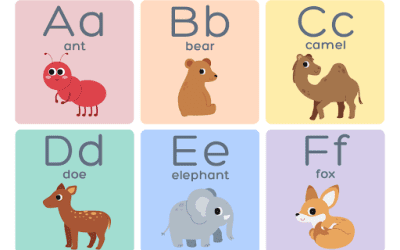1. Instructional Design
Instructional design is the process through which learning products or experiences are designed, developed, and delivered to educators and students. There are three basic needs to take into account for any instructional design project:
- Resources
- Content
- Structure
Resources include not only personnel, such as subject matter experts, but your time and energy as well. It takes a village to create a suitable learning environment. Finding the appropriate personnel can be expensive and time consuming.
Content is often the costliest element of eLearning development, as it is both the most time-consuming element and requires the most personnel. The more content you have readily available, the less your up-front costs will be.
Structure can be the easiest to forget element of eLearning development. It is easy to fall into the trap of thinking that you already have your content and materials, so what else is there? Well, every curriculum needs a structure to make it effective, and creating that structure can be just as time consuming as developing the content itself.In-house subject matter experts will always help limit your up-front, but not everyone has these resources readily available. It can be just as expensive to spend your time searching for and hiring your own experts as it is to outsource them. Finding the right balance of internal resources and outsourcing to save time is vital to limiting your eLearning development costs.
2. Number and Length of Review Cycles
In any eLearning development process, it is important to create an appropriate review cycle. A longer cycle with more review points can get pricey quickly, but a shorter cycle with fewer review points can lead to a lower quality product. Poor planning can lead to the need to add rounds of revisions, especially if the goals for content are unclear up front.
The best way to manage the cost without sacrificing quality is to create a specific plan from the beginning. This plan should not only supply the scope for your project, but cultivate a consistent and efficient process for the reviews themselves. For example, setting specific milestones – like after the initial outline, after the first draft, after the second draft, etc – to conduct reviews throughout the project. This way, no one piece goes too long or strays too far from the desired scope without correction.
3. Instructional Complexity
Your final challenge in eLearning development is to find the appropriate balance between your limited budget and the need for:
- intuitive visual design
- engaging creative content
- interaction with the material
A lack of instructional complexity can be boring and unprofessional, but poor design can lead to confusion and frustration for all involved. These elements take a great deal of time and energy to create well, which can lead to unexpected expenses.Working with a team of experts in the field of eLearning to find the appropriate balance of all these elements in a manner that is professional, cost effective, and appealing is the best solution to manage your eLearning development costs. There are hundreds of ways you can save money in your eLearning development if you’re willing to do the research, and the more you save on design, the more money you have to support your teachers and students. For more information, you can check out this eLearning Costs Infographic, or reach out to us at [email protected] to speak with our team of experts.




